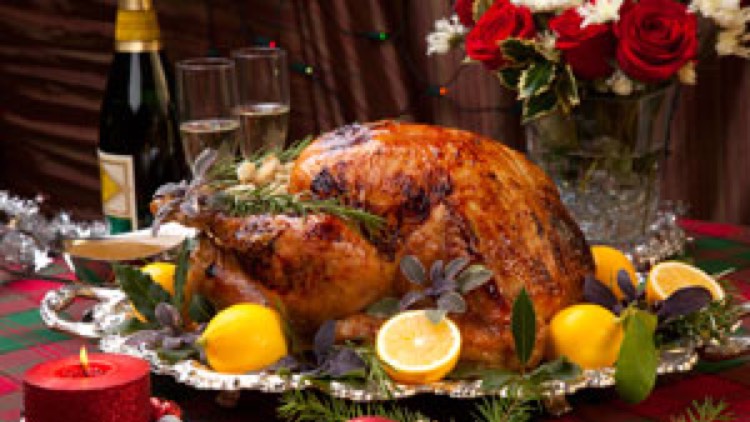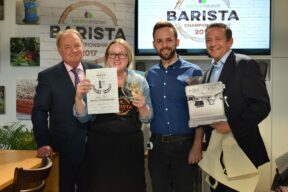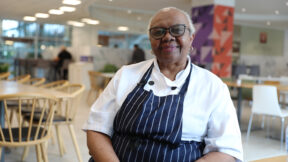Blogs
Christmas Food around the World

As Christmas gets nearer we sometimes think of friends and family we have in other parts of the World and wonder what they will be eating at Christmas-time. In today’s multi-cultural Britain where many of us know people from other countries, it’s interesting to hear their stories about what they eat at Christmas. Of course, it will vary from family to family, but here’s our rough guide to what gets eaten in a few of the other countries around the globe:
The Danish love Roast Pork, Goose or Duck, served with boiled or roast potatoes, red cabbage and gravy. Their dessert is lucky for one person – the Risalmande is a rice pudding made with chopped almonds and one whole almond, and whoever finds the whole one, wins a prize. Finns enjoy casseroles of macaroni with winter vegetables served with ham or turkey.
The French love Roast Goose or Turkey with Chestnuts but are also partial to some Foie Gras, Lobster, venison and cheeses whilst the Poles enjoy Bortsch, Uszka (mushroom ravioli), pierogi (different flavours and types of dumplings), and freshwater fish like carp or pike.
In the Southern Hemisphere where December is the height of summer, Argentineans love roast turkey or roast pork, and Christmas breads like Pan Dulce or Panettone. The Brazilians love a Churrasco at Christmas, the South Africans a Braai and the Australians a Barbie – to us, a Barbecue. For the Aussies, they will love seafood on the barbie but also enjoy the more traditional dishes like Roast Turkey and the trimmings. The South Africans enjoy turkey too, or duck, beef or suckling pig followed by Christmas Pudding.
In Nigeria, some have turkey and others have beef, goat, mutton or chicken with sides of pounded yam, jollof rice, salads or rich stews. On the other side of Africa, the members of the Ethiopian Orthodox Church don’t actually celebrate Christmas day until 7 January and then they love a thick meat and vegetable stew called Wat, which they serve with Injera – a type of flat bread.
The USA, as an incredibly multi-cultural country, has no one type of traditional Christmas meal because millions of immigrants to the US from around the World have brought their own traditions and blended them with other cultures as different families have connected over the centuries. For example, those of Western European descent may have Turkey, Ham or Goose with all the traditional trimmings but those of Eastern European descent may have a feast of keilbasa, pierogi, fish, cabbage dishes, roast duck or goose, and so on. People from a South American or Hispanic background have brought other feasting traditions again.
What seems to be true for most families is that Christmas is a time for their personal traditions, moulded, influenced and adapted over many decades.
What’s your tradition and what will you be enjoying for your Christmas dinner?




